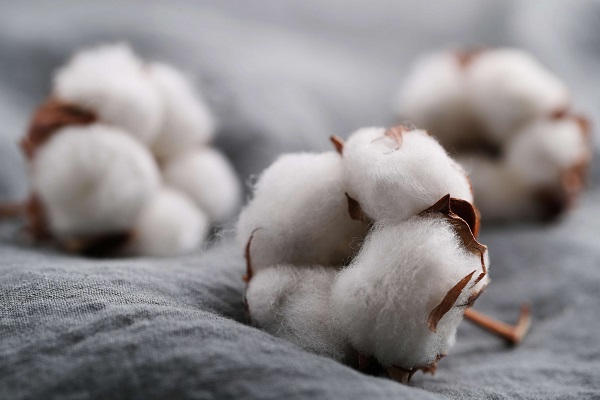
The global cotton market is projected to experience tight supply in 2021/22, with supply estimated to say no 1.2 percent, including a 4.9 percent contraction in stockpiles.
Global cotton demand is projected to rise 2 percent in 2022, driven by a revival in consumption from downstream industries like textiles and apparel; however, shipping container shortages, shipment delays, and high ocean freight rates are expected to dampen imports. A strong recovery in global demand amid lower production in key producing regions such as India, the U.S., Pakistan, Brazil, and Turkey during the previous season has tightened carry-over stocks for 2021/22, which is predicted to keep prices elevated, whereas the recent yield concerns within the U.S. and India has raised concerns of tighter global availability.
Lower-than-anticipated U.S. cotton supply is probably going to reduce export volumes, thus restricting global availability, with shipments already facing disruptions thanks to logistical issues. This is able to force mills in key consuming regions to utilize their domestic stockpiles.
Russo-Ukrainuan conflict has negative impact
Recent escalations within the Russia–Ukraine conflict is seen to negatively impact the cotton market. Meanwhile, a cutback on consumer spending and mill demand for cotton is predicted to exacerbate the adverse impact of prevailing deterrents to demand such as high inflation, rising interest rates, and withdrawal of stimulus packages. Further, mills are expected to adopt a cautious approach and are likely to carry back on orders for cotton amid the global uncertainty in demand, which can raise stocks.
Decline in Chinese, Indian and American production
China’s cotton production is estimated to drop by 8.5 percent in 2021/22 on account of a lower acreage and yield of 4.6 and 4 percent, respectively, for the present crop of domestic cotton. Further, a contraction in imports thanks to the prevailing tightness in U.S. export volumes is probably going to result in domestic stockpile depletion in China – where cotton stocks are projected to fall 7.8 percent. Indian cotton supply for 2021/22 is projected to decrease by 6.9 percent thanks to tighter domestic production on account of lower acreage coupled with erratic monsoons during 2021 and pest infestations in key cotton growing regions, which is probably going to lower yields. The U.S. cotton supply is estimated to contract by 4.9 percent for 2021/22 on account of a big fall in opening stock balance by 56.6 percent and a lower recovery seen in domestic cotton output. U.S. cotton production is predicted to recover by 20.6 percent in 2021/22 amid higher acreage for the crop. However, following a 26.6 percent fall in output within the previous year, the expected current-season output volume remains well below the 5-year average for U.S. cotton. Further, dry weather and extreme heat conditions within the key cotton producing region of Texas is expected to lower yields for the current season, further restricting output.
Is cotton farming a lucrative prospect?
The Indian government agency Cotton Corporation of India has predicted that 2022-23 will see a 15% rise in the domestic production of cotton – 36,000,000 bales of 170 kgs each. However, the cotton production year starting October 2022 and ending September 2023 is vulnerable to inclement weather which could adversely affect crops. With higher price realization per candy since May 2022, many farmers are opting to cultivate cotton instead of food grains, which has shot cotton cultivation up in India by 8% already.












